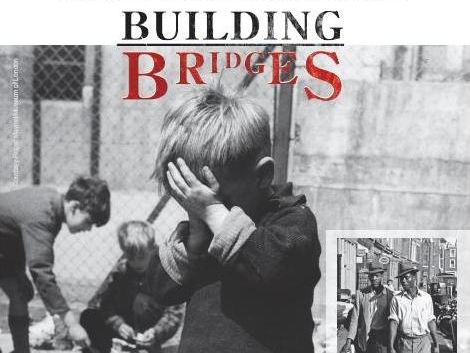Tuareg's Shop
Tuareg’s Shop- Multimedia resources showcasing the history, and identity of the Caribbean and other communities in England from 1948 to the present. Includes: social history research documents, oral history stories from community elders, archival photographs, stage plays, illustrations, and videos. Educators can create engaging learning activities across subjects: English, History, Art & Design, Drama, Citizenship, and PSHE. Age code: 11-18. Leave a review to share your experience












